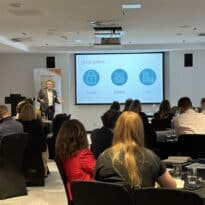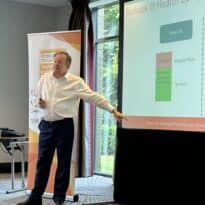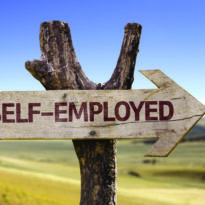How can you create an environment of ‘Learning and Development’ for paraplanners and why is it important we have paraplanner focussed T&D? Frazer Cronin, head of Learning and Development/paraplanner at First Wealth and member of the PFS Paraplanner Panel, offers some thoughts and practical advice.
To start with, it would make sense to clarify what ‘Learning and Development’ (L&D) is and why it is important in the context of a paraplanner’s career. The Chartered Institute of Personnel and Development (CIPD) states L&D is about creating the right culture and environment for individuals and organisations to learn and grow. It’s knowing the current and future capability needs of organisations, as well as how to create a learning culture that drives engagement in ongoing professional development.
How does this relate to paraplanners?
Many paraplanners will have taken exams or be studying through one of the professional bodies to help build their technical knowledge. This is just the start of the journey as there is great value to be gained from ensuring that the theory learnt during these studies can be applied to help achieve the best outcomes for clients. A key part of any L&D strategy is creating a plan that helps paraplanners apply the theoretical concepts they have learnt. This is known as ‘learning transfer’ where you apply newly acquired knowledge and skills to real-life situations in the workplace. A simple example of this is when a paraplanner goes from understanding the wide range of options available on the market to being able to problem-solve and select the appropriate option to best meet the client’s needs. Furthemore, Open University research shows the importance of L&D in ensuring employee wellbeing. In a study of 564 organisations, 96 percent of respondents saw a link between L&D activity and wellbeing, with more than a third (36 percent) seeing an immediate boost to wellbeing as a result of short-term skills development.
Where to start?
It is important for companies to understand the individuals within their firms. By this, I mean the employees career aspirations, their learning styles and how these fit into the longer-term goals of the business. The term paraplanner means many different things within the profession, with varying responsibilities and expectations across the board. Some paraplanners are client facing and involved in plenty of client meetings, whereas others are completing complex reports and research but have little client interaction. Then, there are a selection of paraplanners that lie somewhere in between these two examples. Therefore, the varying definitions of a paraplanner can make creating a L&D strategy challenging. Having a clear picture of what your firm’s current and future expectations are can help put together a plan of action for your development within the company.
Personal Development Plans
Having a personal development plan that details all the competencies that are expected of a paraplanner is a helpful start. This plan will help shape one-to-one sessions as areas of development can be highlighted and an action plan can be worked upon. The CII’s professional map is extremely helpful when structuring the development plan for paraplanners. Where possible, the development plan should have objective and measurable competencies that can be reviewed, and feedback should be provided often. The competencies should be linked to the persons level of technical knowledge and current qualifications.
As stated already, completing the exams is one way for a paraplanner to demonstrate that they have the knowledge to do the job. However, it is crucial that once knowledge is gained through these exams, a paraplanner is given the opportunity to put this new found knowledge into practice.
One-to-One Meetings
Having regular structured one-to-one meetings with a line manager is crucial for a paraplanner’s continuous development. The regular meetings allow for the manager to:
- Understand what the paraplanners career aspirations are, both in the short term and long term.
- Outline SMART goals to help achieve this (Smart, Measurable Achievable Realistic and Timebound).
- Understand what areas they need to focus to continue developing.
- Provide feedback on their current performance.
- Understand the person’s learning style.
This is important as if it is done effectively, it can help line managers achieve their businesses targets and ensure their teams have the right level of capability to perform. For the paraplanner, this will provide clarity of where they are and what they need to do to achieve their desired goal(s).
Feedback
When creating an environment that promotes personal development, the giving and receiving of feedback is crucial. An amazing resource in this area is the book Radical Candor by Kim Scott. Radical Candour means giving direct and honest feedback, whilst maintaining empathy for the colleague at the receiving end. Receiving negative feedback is rarely a nice experience, however it is crucial in allowing the recipient to grow and improve. When giving feedback, it is important to structure this in the context of getting the best performance outcome from the recipient.
Having a structured L&D strategy in place is crucial for enabling paraplanners (and all other staff) to enhance their abilities and help add value to their organisation. Having regular one-to-ones can help establish development plans that are based on the paraplanner’s and the businesses’ long-term goals. Creating a culture that has L&D at its core will help ensure paraplanners stay on the top of their game, whilst also feeling more empowered over their career progression. In turn, providing more job satisfaction.
Main image: jason-goodman-Oalh2MojUuk-unsplash





























